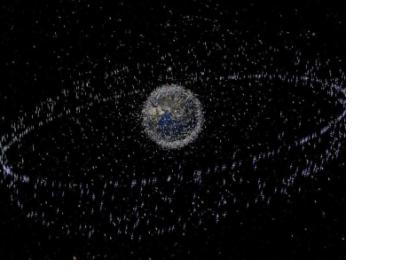What happens with satellites when they finish their mission? Staying in orbit may pose a threat to other spacecraft, so now scientists are testing safe ways to deorbit ageing satellites.
Future satellites might carry a “gossamer sail” – a device which will open when the spacecraft has to leave orbit. The increased aerodynamic drag will pull the satellite out of orbit to burn up in the high atmosphere. This technique will reduce the risks for the environment.
At launch the Sail is extremely compact – 2 kg and will be able to bring down a satellite weighing up to 700 kg. The Sail was developed at the University of Surrey’s Space Centre, funded through ESA’s Advanced Research in Telecommunications Systems program. The technology will be foremost used for low orbit satellites, flying lower than 700 km up – mostly providing low-speed data communications and messaging services.
In 2008 ESA signed the European Code of Conduct for Space Debris Mitigation and committed to freeing up orbits within 25 years. Without interference a satellite could stay in Space for over 100 years after retirement, endangering other spacecraft.
In lower orbits there is still sufficient atmosphere to drag the sail. For satellites in higher orbits the sail could use radiation pressure to descend.
Scientists hope to finish testing and be able to demonstrate the sail in 2014. The test will take nearly a month. Using a demonstration satellite the sail will first use solar pressure and when it reaches the atmosphere it will rotate to increase the drag. After reentering it will burn up in a mere 2 to 12 months.

